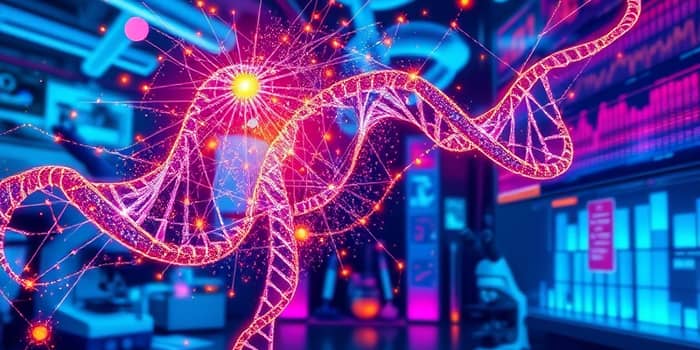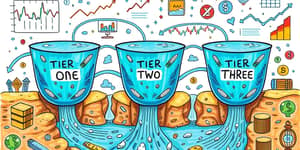
In an era defined by technological breakthroughs, the fusion of artificial intelligence and biotechnology stands as a testament to human ingenuity. This deep dive examines market trends, breakthrough applications, and the path forward for these converging fields.
The marriage of AI and biotech has unleashed an unprecedented pace of innovation that is reshaping laboratories and clinics alike. Advanced algorithms now analyze terabytes of genomic and clinical data within seconds, a task that once consumed countless hours of manual labor.
From early-stage research to late-stage clinical trials, AI tools are redefining each step. Machine learning models predict molecular interactions, reducing timelines and costs. In toxicology studies, in silico modeling replaces lengthy animal testing, accelerating safety assessments while promoting ethical research.
One of the most transformative applications of AI in biotech lies in drug discovery. Traditional methods can take over a decade to bring a new compound to market. Today, AI-driven platforms sift through massive molecular libraries, identify promising candidates, and simulate their interactions with target proteins.
Equally important is the rise of precision medicine. By integrating genomic sequencing with patient health records, AI identifies biomarkers and disease subtypes, enabling tailored treatment strategies for individuals. This shift promises to improve outcomes while minimizing side effects.
Venture capital is pouring into AI-biotech ventures at an exponential rate. Between 2019 and 2021 alone, investors committed over $35 billion to advanced platform biotech companies. AI-first firms are leading this charge, embedding data science at their core rather than treating it as an auxiliary tool.
Collaborations between big pharma and AI startups have skyrocketed, jumping from just 10 alliances in 2015 to more than 100 by 2021. This trend underscores the belief that strategic partnerships drive collective innovation, marrying computational expertise with established development pipelines.
Despite the optimism, hurdles remain. Integrating diverse datasets—from genomic sequences to electronic health records—requires robust platforms and rigorous standardization. Data privacy and security concerns further complicate cross-institutional sharing.
Regulatory frameworks must evolve to accommodate AI-driven methodologies. From validating algorithmic predictions to ensuring transparency in decision-making, policymakers face a critical task. Nonetheless, initiatives to create clear guidelines are underway, fostering trust in next-generation biotechnologies powered by AI.
Geography plays a pivotal role in the AI-biotech narrative. North America currently dominates the market, leveraging its mature ecosystem of research institutions and venture funding. Meanwhile, the Asia Pacific region boasts the fastest growth rate, fueled by increasing R&D investments and supportive government policies.
Europe, with its strong ethics frameworks and data protection standards, is home to numerous AI-biotech startups specializing in rare disease research and precision diagnostics. Each region brings unique strengths to the global stage.
The future promises even deeper convergence between AI and biotechnologies like CRISPR gene editing, synthetic biology, and digital health platforms. Real-world evidence platforms will harness patient data streams to continuously refine algorithms and treatment protocols.
By 2030, the AI in biotechnology market is projected to exceed $27 billion, driven by sustained innovation and commercial adoption. As the lines blur between computational and biological sciences, we can expect life-changing therapies, enhanced agricultural yields, and robust environmental monitoring solutions.
As we navigate this exciting landscape, stakeholders from scientists and entrepreneurs to regulators and investors must collaborate. Only through shared vision and rigorous execution can we fully realize the promise of an AI-empowered biotech revolution that benefits humanity and the planet.
References













